I have always been a Claussen Kosher Dill Pickle fan. Forever. I don’t like sweet pickles or bread and butter pickles, they just aren’t my thing. Claussen just tastes better, in my opinion, I don’t even like the shelf brand dill pickles. They are either too sweet or too tangy. That’s why I posted this Claussen pickle recipe several years ago.
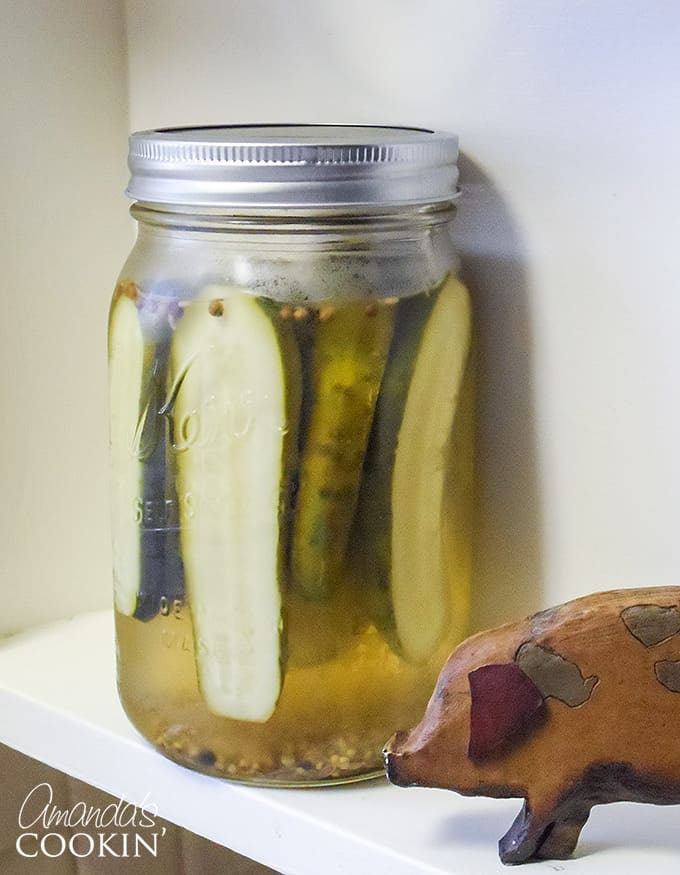
Refrigerator pickles are a lot easier to make because they don’t require using the traditional canning process. That also means they can’t be stored on a shelf in the basement or in the pantry, they must live in the refrigerator.
Recipe for Claussen Pickles at Home
Last year I made some pickles with the canning method and the recipe that I used had a very high vinegar to water ratio. So they were far too vinegary for me to eat straight from the jar, which is one of my favorite things, though they were great on burgers and in potato salad!
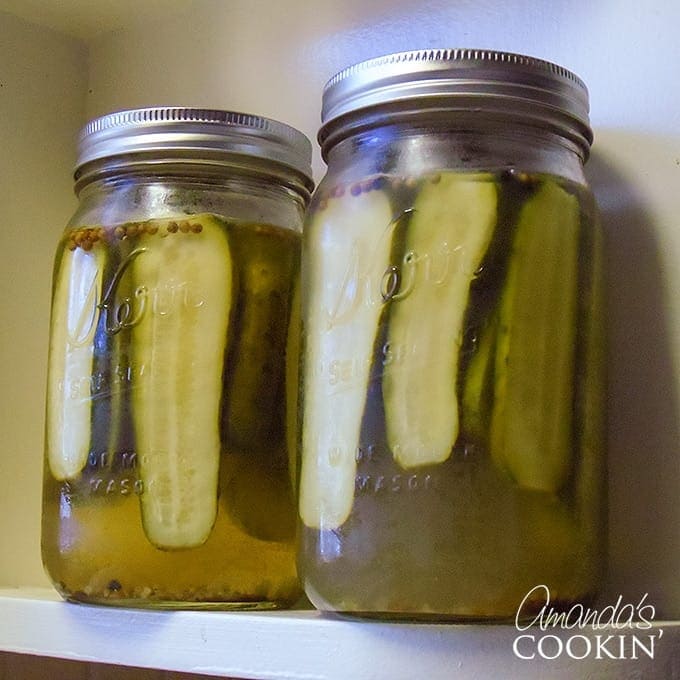
So I started my search for a Claussen copycat. I found this one but it used apple cider vinegar. I as concerned that would create a sweet pickle, which I don’t like, even though the author of that recipe is just like me. Yuk to sweet pickles!
So I looked at the actual Claussen ingredient label and it said they used distilled white vinegar. Some of the ingredients were different too, so I decided to use the recipe that I found as a jumping off point and created my own version.
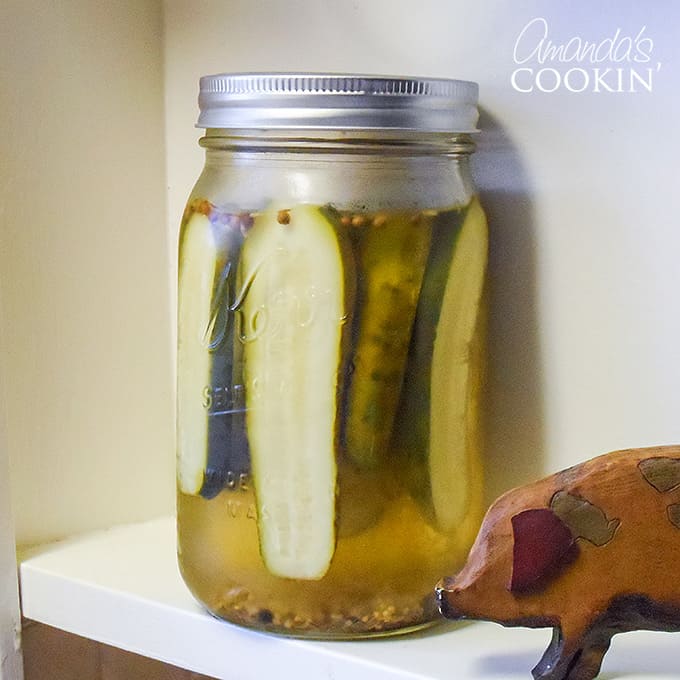
The verdict? Everyone in this house loves them! They aren’t exactly like Claussen, but pretty dang close! Close enough that they get devoured by everyone in this house.
They are actually fun for me to make. So while it would certainly be easier for me to grab a jar of Claussen from the grocery store, and I probably still will now and then, I love making my own.
My first batch was a bit cloudy, and they also had a distinctive mustard flavor. So I cut back the mustard seed in the second batch and I believe we now have a winner. :)
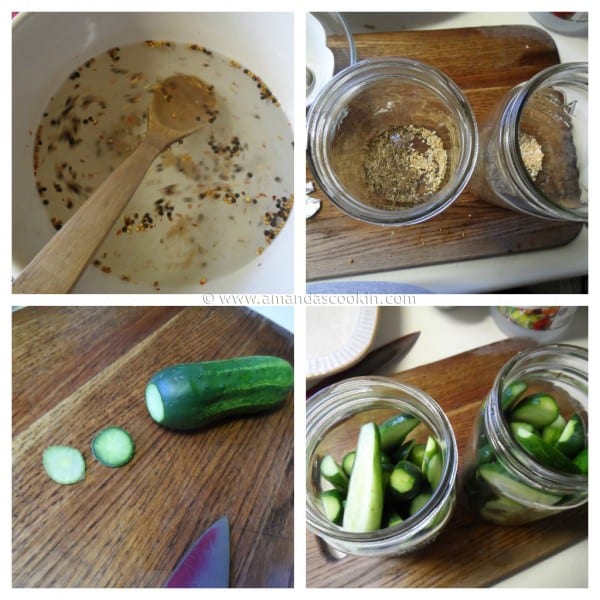
You’ll make the brine first, it’s easiest to do it in a 2-quart pitcher. You’ll see me mixing the brine in a bowl in the picture above. Don’t, it’s an extra step, just use a pitcher. Put the dill seed and dried garlic in the jars.
Now, make sure you give your pickling cucumbers a good rinse, make sure there’s no dirt. Trim the blossom end, I trim both ends, then cut in half lengthwise and distribute in your jars.
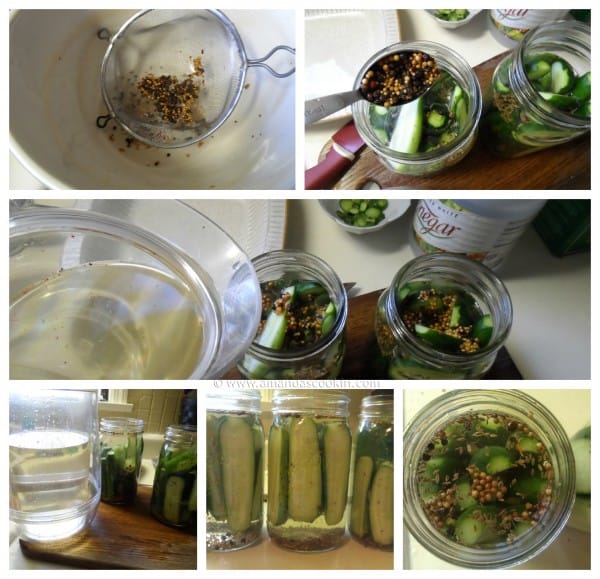
Before adding your brine, strain out the solids. Distribute the solids evenly among the two jars, then add brine. You will have leftover brine that can be discarded when you are all done.
When you perch the lid on your jars, you want air to be able to get in and gases to be able to escape.
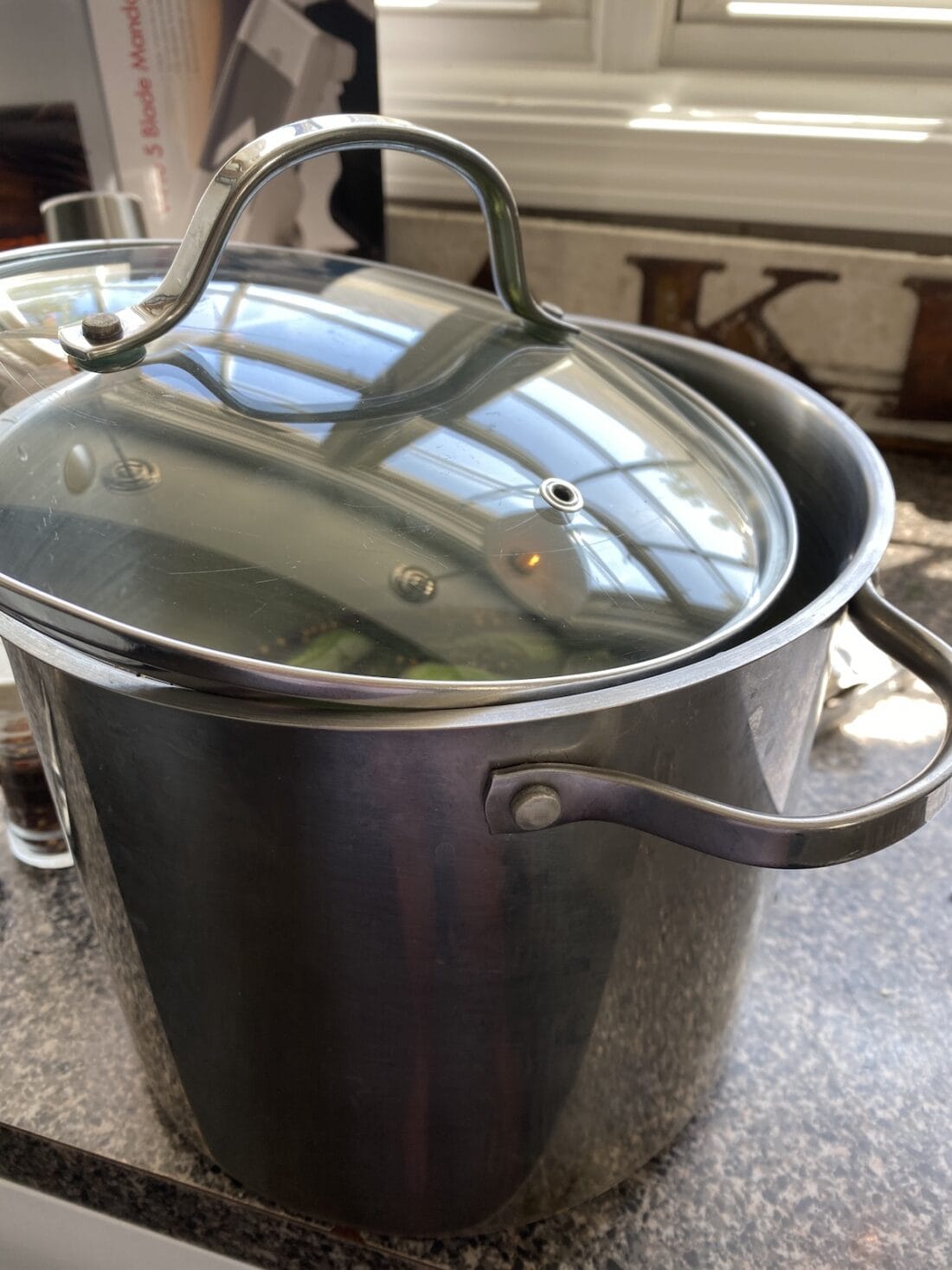
I actually put my pickles in one big pot now and then move them to a large covered glass container in the fridge instead of using jars now. Someone in the comments asked for a picture of perching the lid, you can see that above.
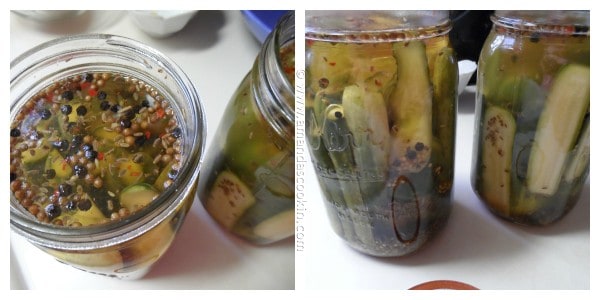
This is what they will look like after a day or so. They usually take 2-4 days. My first batch took the full four days while my second batch was ready in two and a half days. I think the difference was that I actually used three jars and they weren’t packed as tightly.
Enjoy – crunch!
Troubleshooting your pickles
Scum or film on top – During your first few days, fermentation takes place. You will probably see bubbles rising to the surface and may see some “scum” forming on the surface. Skim this off and discard. This is a completely normal step in the fermentation process.
White sediment at the bottom of the jar – According to Colorado State University, “A white sediment at the bottom of the jar may be caused by anti-caking agents in the salt or by the fermenting bacteria. Neither cause is harmful.”
According to Colorado State University “…factors that lead to spoilage include failure to remove blossom ends, failure to thoroughly wash products to be pickled, not removing the scum that accumulates on curing brines, using a weak brine or vinegar solution, not keeping the pickles covered with brine throughout the curing process, using deteriorated ingredients such as moldy garlic or decayed spices, or storing the pickles at too warm a temperature.”
You can download the complete PDF document from The Colorado State University here.
Important Tips to Note
The Blossom End
The blossom end of the cucumber (the end opposite from the stem) contains an enzyme that can make your pickles turn mushy. Always cut it off, I cut off both ends for good measure and to keep them uniform.
Vinegar
Use vinegar that has at least 5% acidity. Don’t reduce the vinegar in this recipe.
Salt
Only use pickling salt or coarse (NOT flaky) Kosher salt, though I always use pickling salt. Table salt contains an anti-caking agent that causes the brine to get cloudy. If you use table salt, it’s still safe, but you will have a cloudy jar of pickles with white sediment at the bottom.
Cucumber Types
Use cucumbers that are of the knobby variety, grown specifically for pickling. Check seed catalogs to find the different varieties. Cucumbers with a wax coating are not recommended as the brine will not be able to penetrate them. When selecting cucumbers, be sure that they are firm and not soft.
Wash Your Hands!
It’s tempting to reach in and turn your cucumbers, but please make sure you wash your hands first. Introducing any foreign oil or material from your skin could cause problems with your brine.
Texture
A couple of our readers have mentioned using pickle crisper in their mixture which helps prevent the pickles from getting soggy. You can add 1/4 teaspoon of pickle crisper to each quart size jar if desired.
When your pickles are all gone, do you pour the pickle juice down the drain? Instead, try these ideas for reusing pickle juice! Looking for a unique recipe to try with your freshly make pickles? Here’s a Grilled Tomato Relish that’s great on burgers and dogs!
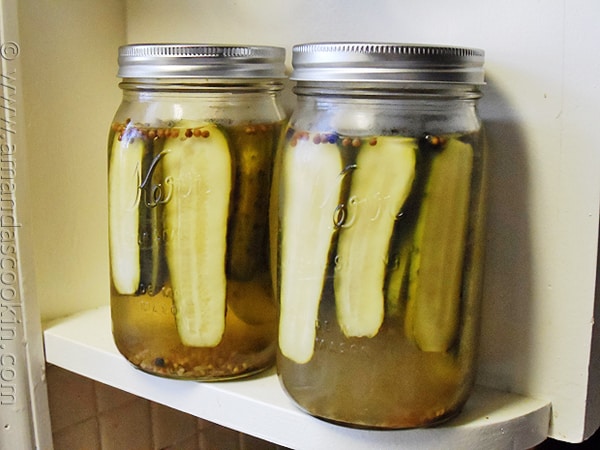
This Claussen pickle recipe was originally published here on September 18, 2012
More Related Recipes
- Cucumber Salad
- Sweet Corn and Chickpea Salad
- Grilled Corn and Zucchini Salad
- Pickled Beets
- Pickled Onions
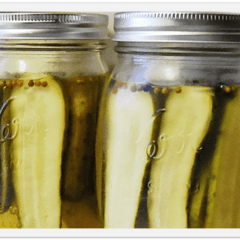
Homemade Claussen Pickles Copycat
IMPORTANT – There are often Frequently Asked Questions within the blog post that you may find helpful. Simply scroll back up to read them!
Print It Rate ItIngredients
- 20-25 small to medium pickling cucumbers
- 2 quarts cold water
- ½ cup white vinegar
- ⅓ cup canning/pickling salt or coarse Kosher salt
- 1 teaspoon coriander seed
- ½ teaspoon mustard seed
- ¼ teaspoon red pepper flakes
- 1 tablespoon black peppercorns
- 1 tablespoon dill seed
- ¼ teaspoon dried garlic
- Fine mesh colander
- 4- cup measuring cup
- pickle crisper optional
Before You Begin
- A couple of our readers have mentioned using pickle crisper in their mixture which helps prevent the pickles from getting soggy. You can add 1/4 teaspoon of pickle crisper to each quart size jar if desired.
Instructions
- To make the brine, combine water and vinegar in a large pitcher. Add salt, coriander seed, mustard seed, red pepper flakes and black peppercorns. Stir until salt is dissolved. Set aside.
- Wash cucumbers in water and trim 1/8-inch off of the blossom end of each one. Slice each cucumber in half lengthwise.
- Divide the dill seed and dried garlic evenly between two clean quart sized jars. Fill jars with cucumber halves, fitting as many in as you can, they may be snug!
- Stir brine again to mix ingredients. Place a fine mesh colander over a large bowl or measuring cup. Pour brine through the colander, catching the brine solids in the colander. DO NOT discard!
- NOTE: You will not be able to fit all the water in this measuring cup or in the two jars. The goal here is to save the brine solids and use them, you will be discarding the left over vinegar and water mixture when finished.
- Once all the solids have been removed from the brine, distribute them evenly among the jars. Using the brine liquid in the measuring cup, pour into the jars until all the cucumbers are covered.
- Your brine level should cover your cucumbers and reach the bottom of the jar neck where the twisting begins. The cucumbers will also release some liquid as they brine, so don’t overfill the jar. Discard any remaining brine liquid.
- Cover lightly with a lid perched on top but DO NOT close and seal. Leave on the counter (out of direct sunlight) for 1 day, then move to the refrigerator for 2-3 more days, or until the cucumbers taste like pickles throughout.
- Secure lids on jars and refrigerate for up to six months.
Nutrition
Amanda Davis
Latest posts by Amanda Davis (see all)
- Lemon Sweet Rolls - March 6, 2025
- Irish Stew - March 3, 2025
- Doubletree Chocolate Chip Cookies - February 24, 2025
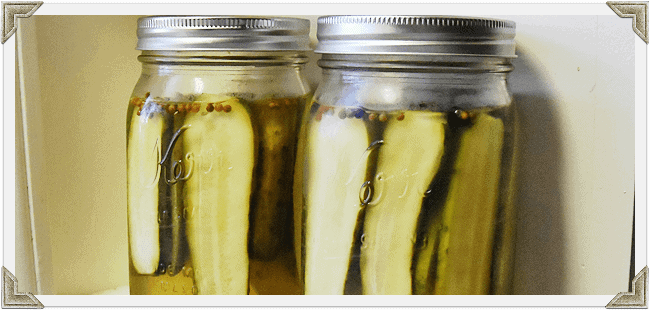
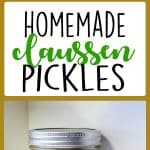
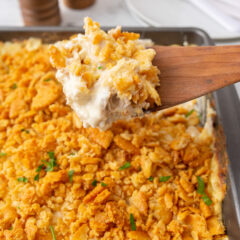
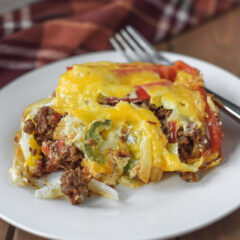
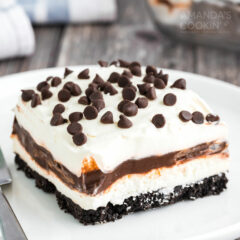
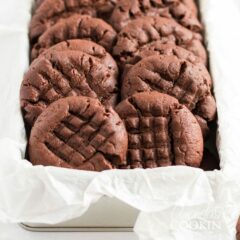





Cary says
I did these last year and it was a huge success. I even added hot peppers to some of them and I used fresh minced garlic and a fresh snip of dill weed in each jar and they were amazing!
This year I’m trying the dried garlic and dried dill to see if I can tell much of a difference…. I have a garden so I will be trying it different ways. I even tried a splash more of the vinegar to see if I like that better. Experimenting ….. but last years batch will be hard to beat I think.
Kara Shank says
i am having some trouble locating some of the spices. i see pickling spices that have many of them in it with a couple extra. can this be used? and happen to know how much if so?
Amanda Formaro says
Pickling spices have other things in them that are not in this recipe. Have you tried online?
Jessica says
Today is day 4 and they taste SO good! I do have cloudy water (used canning/pickling salt, fresh onion slices and fresh garlic) but after reading all the comments I am not worried about that at all. However, a few of my fresh garlic cloves at the bottom of the jar turned bluish/green. Did they spoil? Can I leave them in or do I need to dig them out? Thanks for the fantastic and easy recipe!
Amanda Formaro says
I haven’t heard of the garlic turning blueish green. It may just been from the color of the cucumber, but I think I would fish them out just to be safe.
Peter says
Made these this weekend and they’re lovely. But, I have a question. I made mostly spears, and after eating a few, the remaining spears in the jar are no longer fully covered (displacement, you know). Is it OK? Should I shake or flip the jar every day? Thanks!
Amanda Formaro says
If the cucumbers have already soaked up the brine, they should be fine. But if they are still a brighter green, you CAN move them to a flat casserole dish or container so that they lay flat until they’ve absorbed all they can. I actually don’t make mine in jars anymore. I use shallow rectangular glass containers :)
Jessica M Corn says
Can I put these directly in the refrigerator instead of sitting on the counter for a few days? That just makes me nervous. Most refrigerator pickles go directly in the fridge. Thanks!
Amanda Formaro says
Yes you can. 1 day at room temperature allows the process to start more quickly, so it may delay the process a little. But will still yield the same result!
Kevin says
I tried this and left them on the counter 4 days and one of the jars had a bit of whit mold on a couple cucumbers on top and the liquid turned cloudy
Amanda Formaro says
Be sure to read the post! It talks about this happening, it’s fermentation. I hope you didn’t toss them.
Kathy The Fun Baker says
Hi Amanda,
I absolutely love dill pickles & this recipe sounds WONDERFUL! I just have one question for you: So these homemade pickles are NOT canned, just aged on the counter?? Thank you for sharing your delicious recipes with us!!! Happy Cooking!!
Amanda Formaro says
Correct! They are refrigerator pickles, which are not canned :)
Charity says
How long are they good for in the fridge? Many thanks, Charity
Amanda Formaro says
They should be fine for a few months!
Katrina says
Omg! My sibling made me these as a Christmas gift and I am in love. I have several jars of Claussen in my fridge as well as some other brands. I love my pickles. I wouldn’t say these are perfect clones of Claussen but I think I may like them better! I am going to make them myself ASAP!
Sue says
I have made these several times and think they are great.
I now have some green tomatoes I want to pickle, and wonder if I can follow the same recipe.
Many of the pickled green tomato recipes I have looked at say to heat the vinegar brine, pour it over the tomatoes and refrigerate right away.
Hoping I can use this recipe as is since it is so good
Tabitha says
I made these yesterday. I made a half gallon jar with whole mini cucs, a half gallon jar with halved minis, and a quart jar with sliced minis. I tried the sliced version just 5 hours after starting them in the brine and they were already really good. I reduced the salt a little based on the other comments, which I’m thankful for. I used Morton Canning and Pickling Salt, which has a pretty fine grain, so I figured reducing the salt to a little over a 1/3 of a cup would work out. They’ve now been sitting about 14 hours and they look and smell great. The sliced pickles will go in the fridge today and the others will probably migrate there tomorrow. Thanks so much for this recipe – I don’t think I’ll ever buy store bought pickles again!
Tabith says
I meant just *under 1/3 cup of salt. Thanks again!
Anna says
So are you saying that best to use raw garlic as a posed to dry dehydrated garlic pieces.. if using raw garlic do you chop them or leave whole.
Amanda Formaro says
Either way works!
Shelley says
I made these yesterday. Loving how pretty they look on the counter. I’ve fermented other veggies in the past. I needed to burp them at least 1-2 times per day. With this there is no bubbling going on or release of gasses. I’m assuming it’s normal. Any idea why it’s different?
Lisa says
Wow! First time pickling- and day 3 I went for a taste and … excellent!! I’m giving them one more day to see if they get a bit more tangy- but really they are perfect now. Thank you for this recipe!
Scott says
Is the recipe true to only 1/2 cup of vinegar? This doesn’t seem like enough?
Amanda Formaro says
Yes, it’s correct! :)
Jared says
If you want can you can these for longer storage?
Amanda Formaro says
I believe someone in the comments said she successfully canned them. I don’t know if the texture would be different though.
Traci says
A couple of the lids bulged outwards. I may have over filled the jars. Will they still be ok?
Amanda Formaro says
Since these are refrigerator pickles, and not canned, you can remove the lid and pour a little of the liquid out.
Ronda Bailey says
Hi Amanda! So I’ve made your recipe 4 times now, we LOVE these pickles!! Just wondering if i could can these with the recipe as is or would something need to change?
Thank you.
Amanda Formaro says
I haven’t tried canning them myself, but I believe someone in the comments said she did and it worked fine!
Henry says
Is that 1/2 cup vinegar to 2 quarts of water correct? I’ve never seen such a low vinegar to water ratio in a pickling recipe.
Amanda Formaro says
Yes, it’s correct :)
Natalie says
I am a little confused as to why we make such a huge quantity of brine for two jars? I did what another did and doubled the spices and did extra jars. I didn’t even have a pitcher big enough for it all, to then throw most of it out? Also not sure why some recipes similar boil their liquids and spices and have it cool and then add to the jars? What is the difference between the two?
Mags says
Thank you Amanda! Such a great recipe. Just got another big harvest from my garden today, so time to make pickles again. I made them a few weeks ago and they were gone in less than a week :-) My hubby loved them. Per his request I substituted fresh garlic for the garlic powder and a few thinly sliced white onion. I was able to make 4 quart jars with the recipe and doubled up on the spices to evenly distribute among 4 jars. Super easy. Super fast.
Amanda Formaro says
Yay! I actually prefer the fresh garlic now too. Thanks so much!